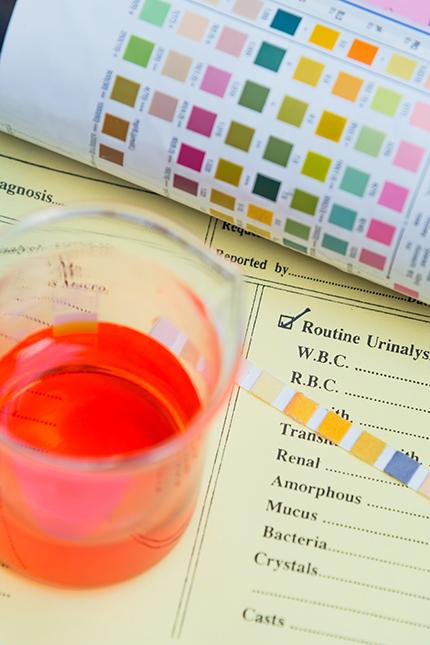America’s opioid crisis shows no sign of abatement: In 2016, 42,200 deaths were attributed to abuse of pharmaceutical opioids, synthetic versions of opioids, and heroin. Overall drug deaths for the year numbered 63,600 – up from 52,400 total in 2015, according to the U. S. Department of Health and Human Services’ Centers for Disease Control and Prevention.
Those deaths represent only a fraction of ongoing illegal drug use. The American Society of Addiction Medicine, a non-profit organization, says that 20.5 million Americans over the age of 12 have a substance abuse disorder– only 2.6 million of whom use prescription pain relievers or heroin, with the remainder using substances that include marijuana, alcohol, cocaine, methamphetamines and other types of prescription drugs.
For employers, this means that a meaningful portion of the labor pool uses drugs in some form or fashion with regularity. This can incur hazards and costs in the workplace – and is a primary reason why companies have workplace drug and alcohol policies and mandatory employee drug testing programs.
Drug and alcohol abuse can be expensive. Worker’s compensation claims due to a substance-related injury or death can accompany extensive legal liabilities for your company if there are injuries to third parties.
By some estimates, this costs U.S. employers in excess of $81 billion dollars a year because about 70 percent of users are employed. While significant progress has been made with the majority of companies adopting strong drug and alcohol policies, the battle is far from over. It continues to require an ongoing effort, and success minded employers now have a variety of tools at their disposal to help in dealing with the problem. Identifying the problem is the first step in helping users get treatment and remove hazardous individuals from the workplace.
Post accident testing can be an added layer of protection for your company. Federal surveys show that in the last year 24% of workers questioned admitted to drinking at least once during the workday, and 16% of emergency room patients injured while at work tested positive for alcohol when given a breathalyzer test.
- What steps can employers take? There are several:
- By adopting strong drug and alcohol policies in the workplace, companies are experience positive It starts at the top, with company leadership establishing a commitment and funding the programmatic tools for eliminating workplace substance abuse.
- Along with these policies, companies engage testing services to screen potential employees with pre-employment drug and alcohol testing.
- Company supervisors can now receive “reasonable suspicion” drug and alcohol training that prepares and enables them to identify potential problems among current workers in the
- Companies have also found that utilizing random drug testing in the workplace helps keep their workforce healthy and productive, maximizing growth and
Employees who are involved with drug and alcohol abuse are less productive and less reliable. Along with having trouble showing up to work on time, they take more unscheduled days off. And co-workers who have to pick up the slack can be resentful, creating a company-wide morale problem. Substance abusers change jobs more often, and this becomes an added expense due to the time required to train replacements for the employee you lose.
To be clear, it’s not just drugs: Employees with an alcohol problem are nearly three times more likely to have injury related absences than employees who don’t abuse alcohol.
This is a problem that is too expensive to ignore. Consider establishing a drug-free workplace in policy and practice, perhaps with the guidance of specialists.












No Comments